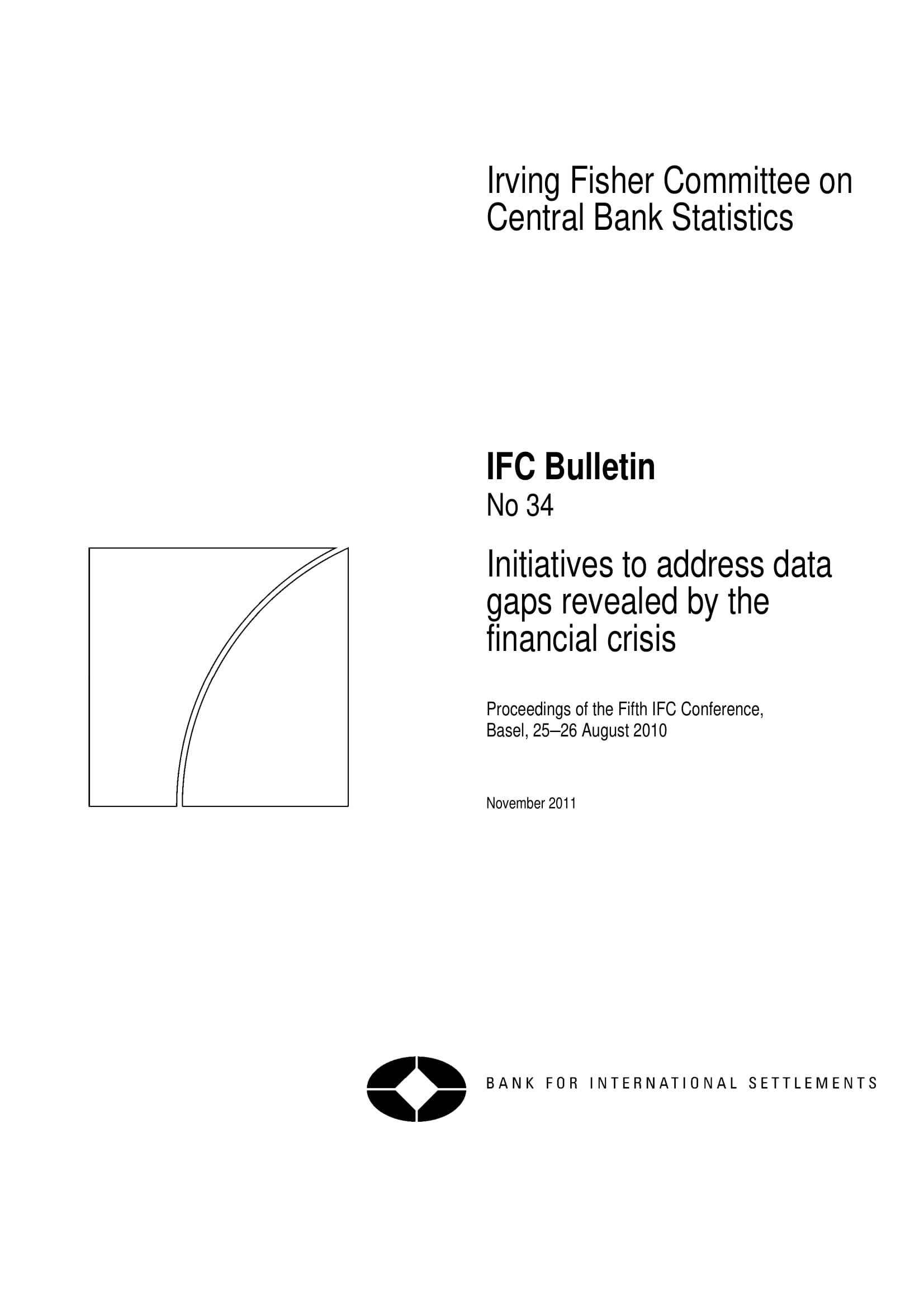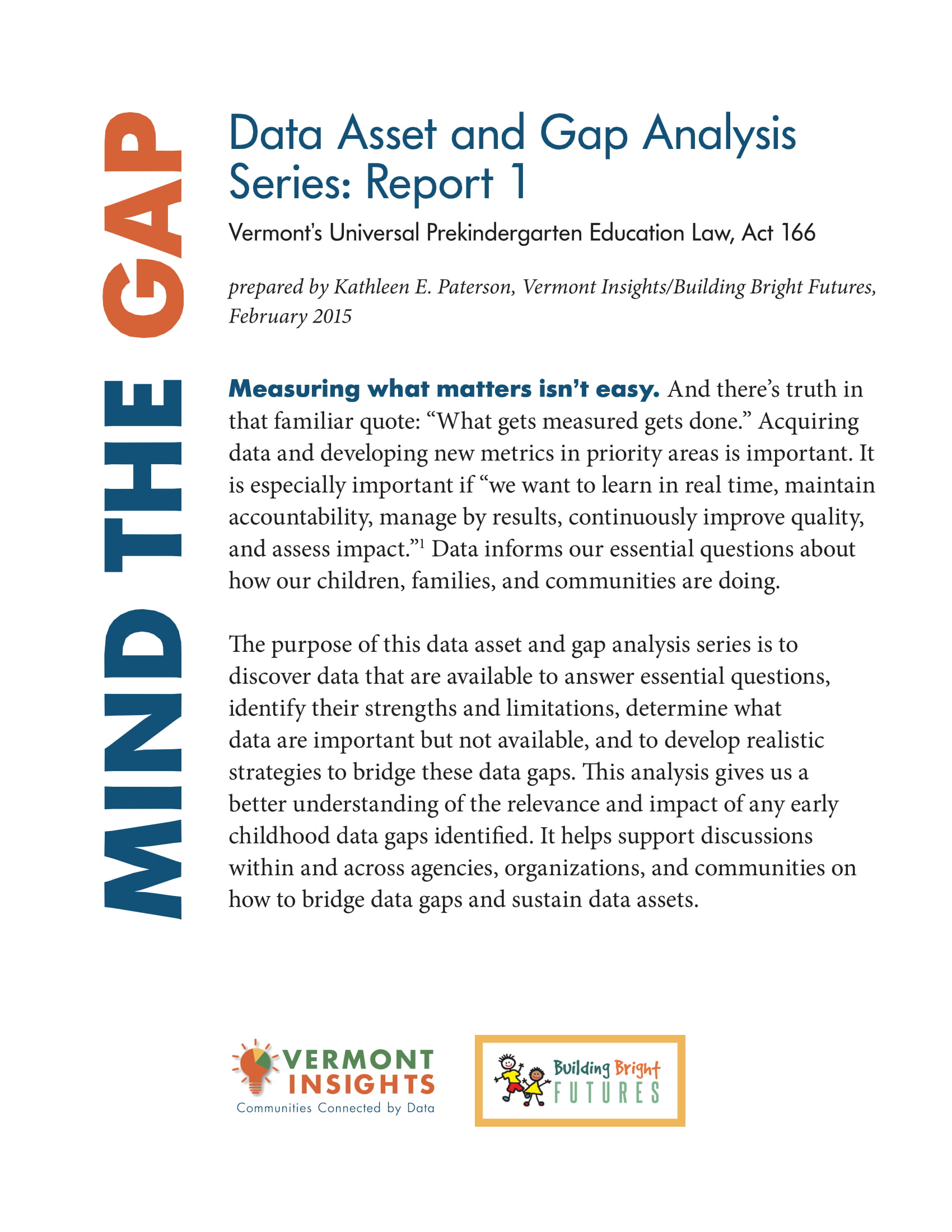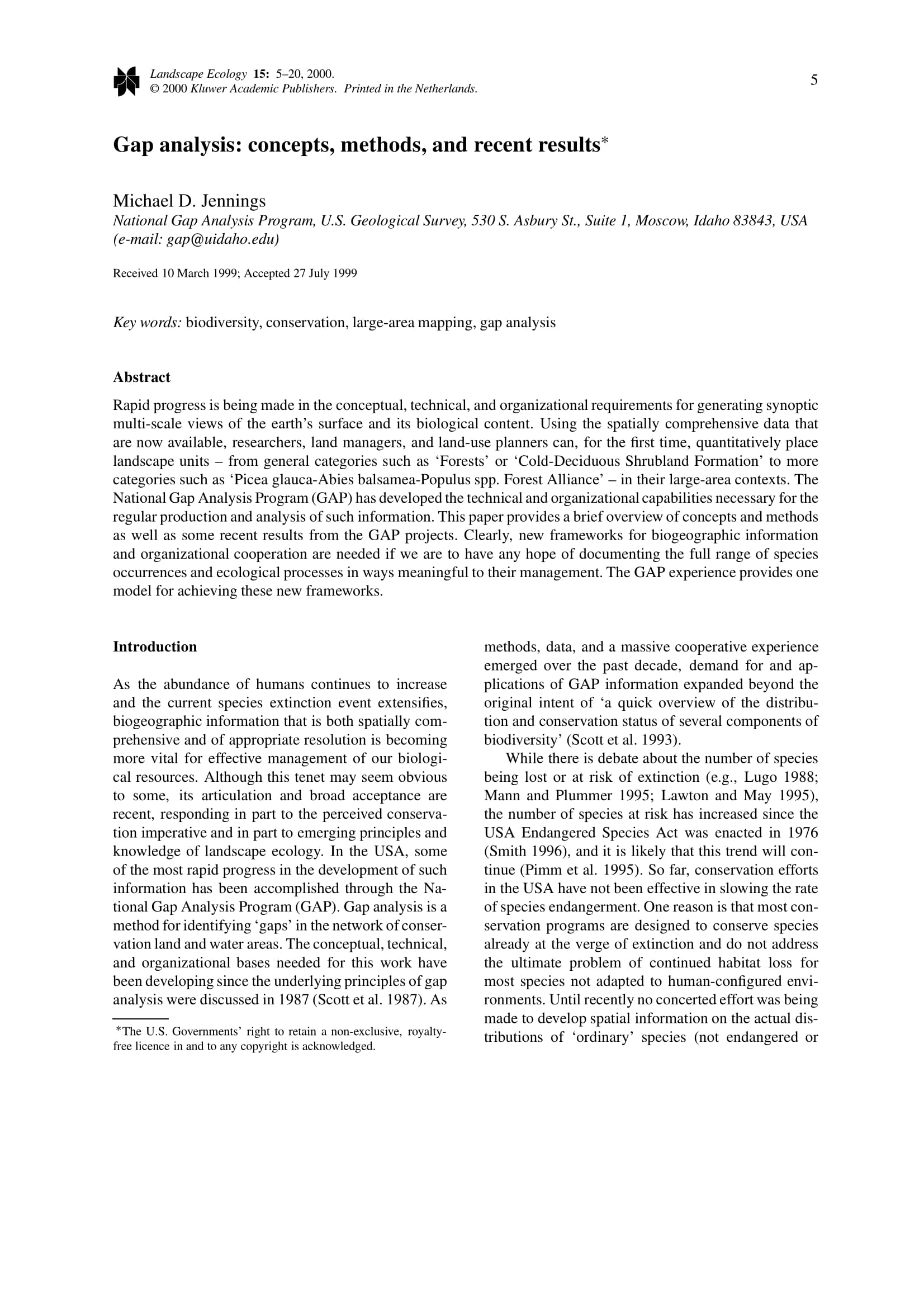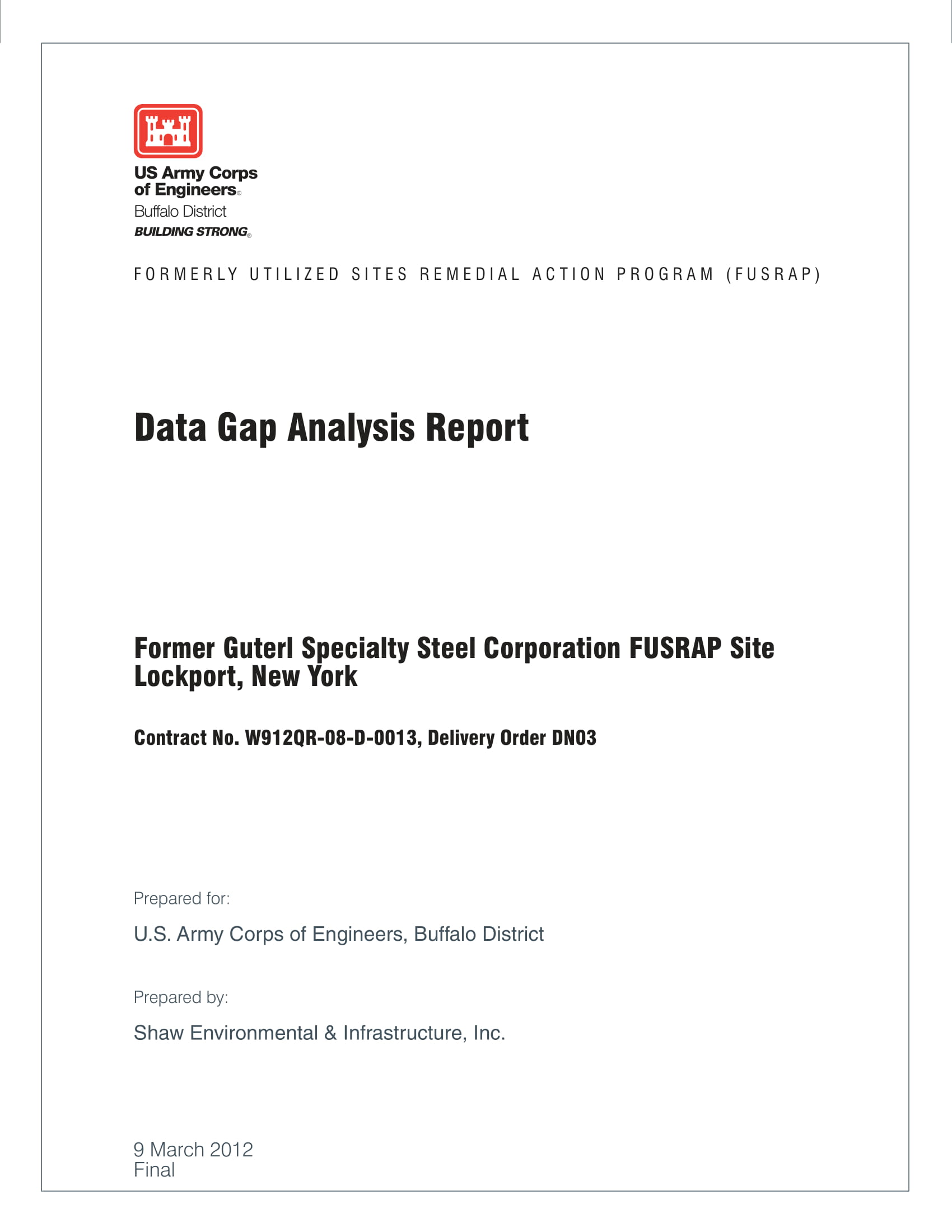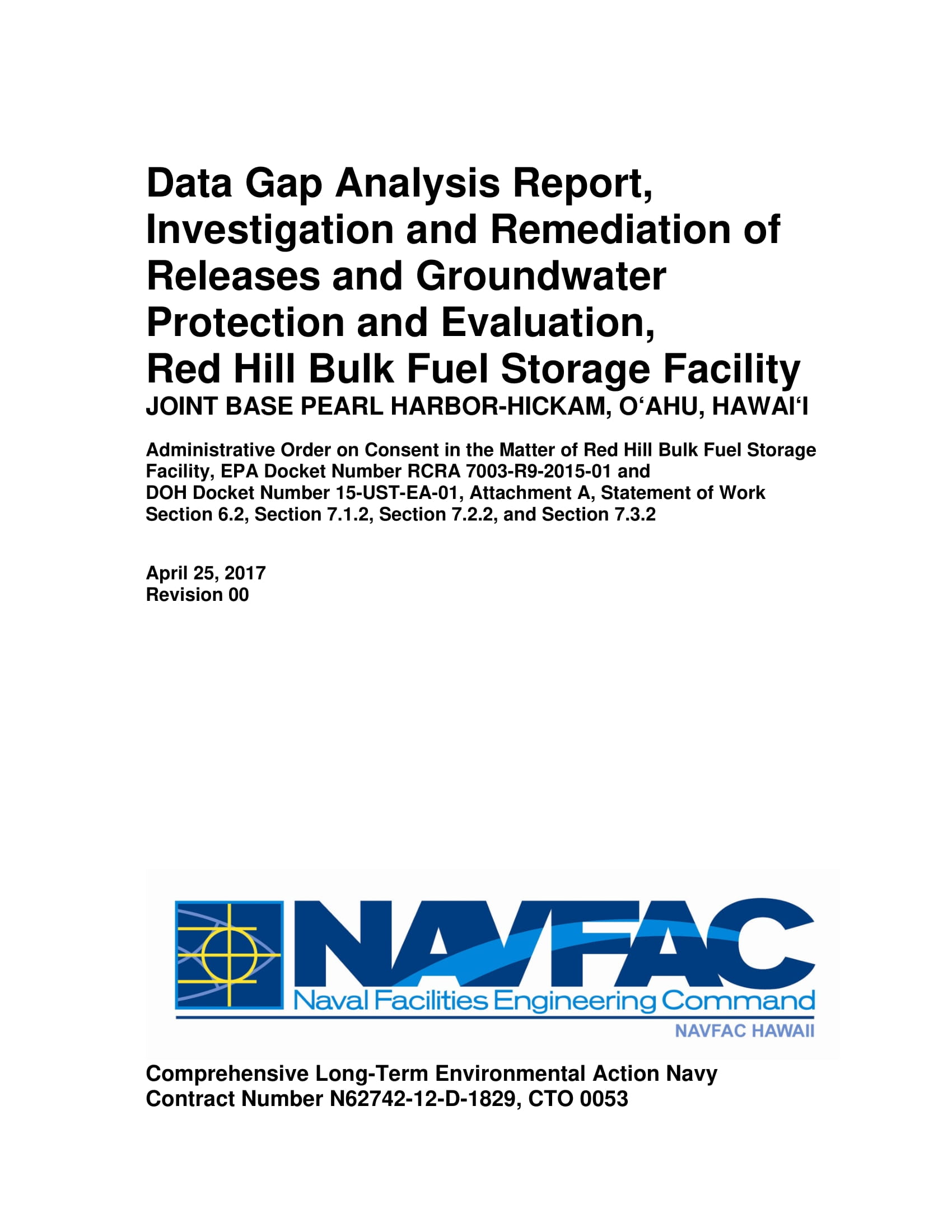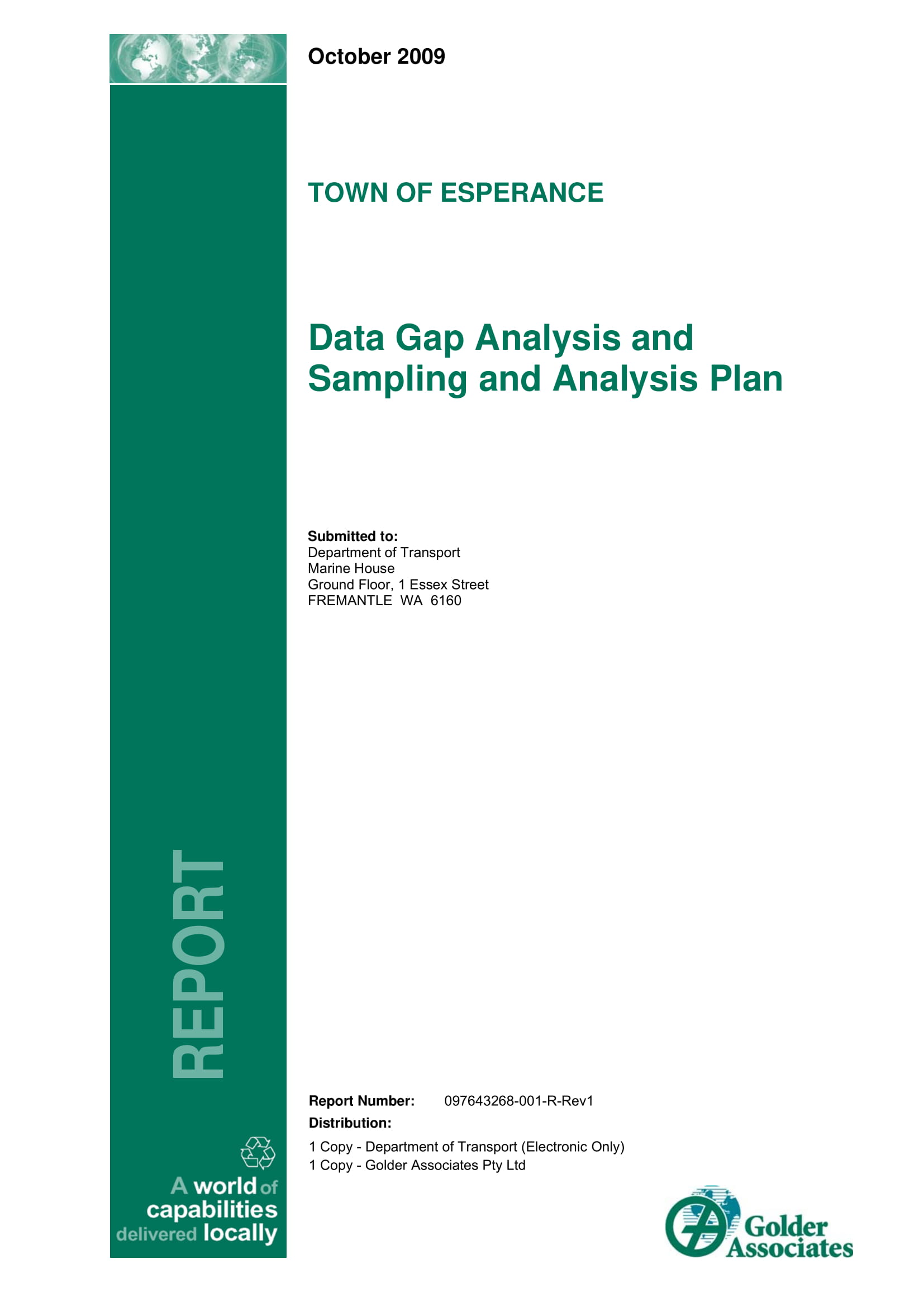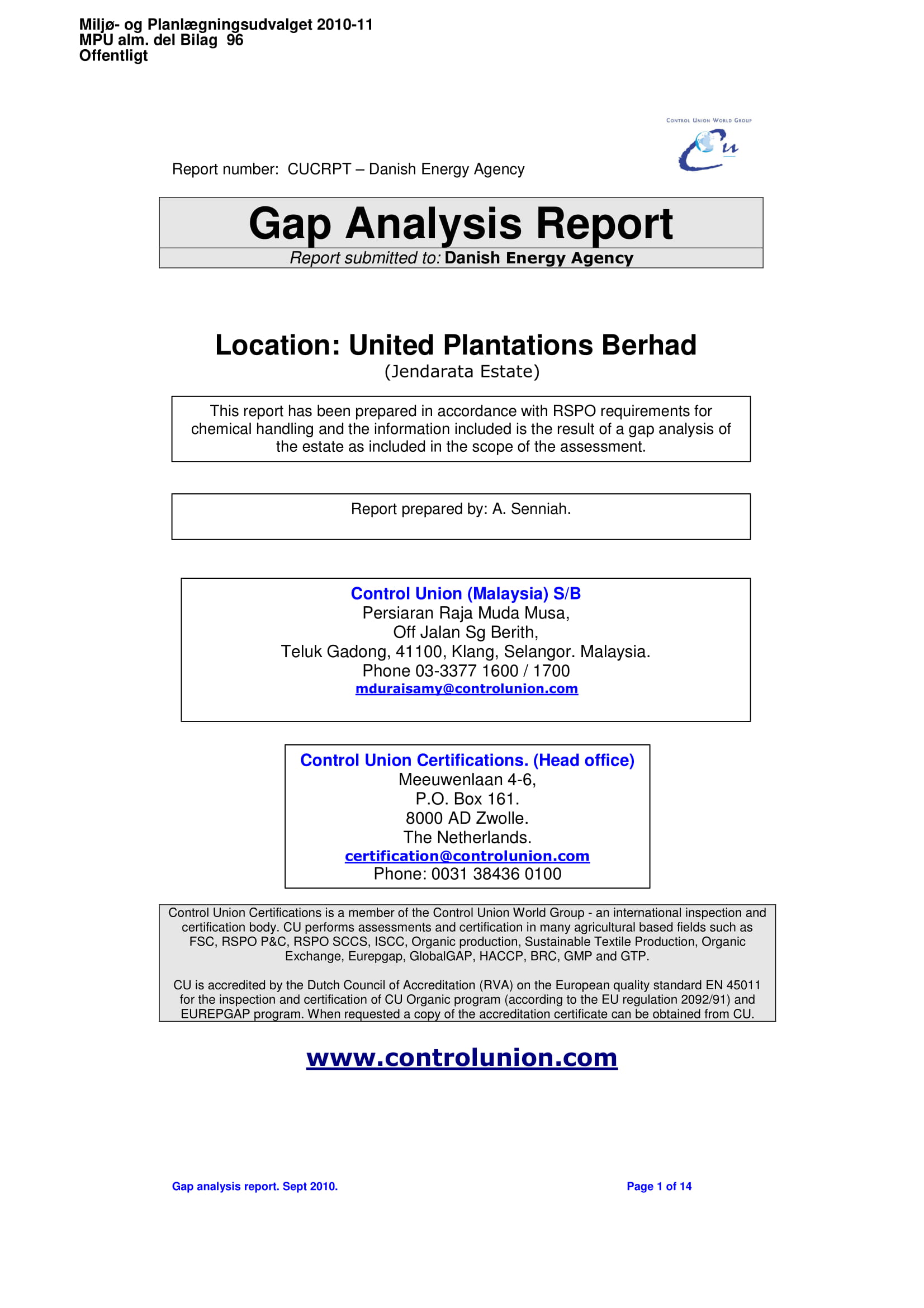9+ Data Gap Analysis Examples to Download
A part of evaluating businesses successes, or the lack thereof, is the process of analyzing the data that has been used by the organization as well as those that they were not able to look into. The gap between the existing and desired data usage and interpretation must be analyzed accordingly so that the business can make sure that it can utilize all the information that are helpful for its operational, organizational, and management growth. In comparison to an earned value analysis, data gap analysis also uses baselines and measures when assessing gathered information.
We would like you to come up with the best and most functional data gap analysis for your business. This is the reason why we have put together printable and downloadable examples of data gap analysis in PDF. Make sure that you will browse through the documents that we have listed so you can create a detailed and presentable data gap analysis.
Data Gap Analysis for Sustainable Development Goals Example
Initiatives to Address Data Gap Revealed by the Financial Crisis Example
Importance of Data Gap Analysis
Data gap analysis is a procedure used by businesses to analyze the current condition of their data usage. Analyzing the data produced, gathered, or incorporated by businesses to their operations can help them become aware of how these data affect their processes as a corporate entity. Especially for corporations and business establishments that rely and lean on data for the functions of their workforce and the continuity of business activities, making a data gap analysis is very important and should be highly considered by the management. Here are some of the reasons why a data gap analysis is an essential business tool for your organization:
- A data gap analysis, like a functional behavioral analysis used for evaluating the root cause and triggering factors of a person’s behavior, allows your business to be aware of the nature of your data utilization. With the help of this analysis, you can identify the reason/s why you are producing and using data that is either enough or lacking in accordance to the needs of your business.
- A data gap analysis can help you have an easier time when identifying call to actions that will allow you to maximize and optimize data usage. If you are knowledgeable about the data gap that you need to fill, you can develop a step-by-step guide that can direct the team in improving the efficiency of work programs and activities where data are used.
- A data gap analysis gives a path that the organization can take for operational improvement. Since data is used in different parts and areas of business operations, having a data gap analysis can make the management focus on data-related issues and concerns that are essential to be addressed the soonest time possible. If the company can have a comprehensive and timely data gap analysis at hand, there will be an effective reference that team members can look into if they want to execute processes that can eliminate or lessen the gap between the existing and desired conditions of data usage and/or production.
- A data gap analysis can contribute to the efficiency of the workplace. The practice of having and updating data gap analysis can make the entire business become more prompt and prepared when identifying the causes of operational failures or assessing the results of work processes where data usage, production, and/or incorporation are involved.
- A data gap analysis can result to the creation of a SWOT analysis. Using a data gap analysis can make a business identify the areas where it excels as well as the processes and programs where particular improvements are necessary. This is a great way to highlight rooms for improvement as well as strengths that the company can always rely on if maintained or developed accordingly.
Data Asset and Gap Analysis Series Example
Data Gap Analysis: Concepts, Methods, and Recent Results Example
Detailed Data Gap Analysis Report Example
How to Ensure Data Gap Analysis Efficiency and Effectiveness
From business systems analysis to data gap analysis, there are a lot of procedures and documents that are needed to be done to make sure that the business can reach its maximum potential. When creating documents like the ones mentioned, you have to ensure that you will be critical when looking into all the details that you will present. Listed below are some of the ways on how you can develop an efficient and effective data gap analysis which functionality can positively impact your business and its operations.
- Ensure that you are guided with specific, measurable, and attainable goals. Having short-term and/or long-term goals can help you consider the timeliness of your data gap analysis as well as the attainability of your action plans. Also, listing down your goals can make it more efficient for you to plan all the processes that you need to undergo so you can make your vision a reality. Your data gap analysis must be well-formulated and must consider the goals that you have set so you can develop a relevant direction for your action plan creation related to the results of the analysis.
- Be particular when listing down the business areas where maximizing data usage and/or interpretation are missing. You should not be vague with regards this matter so to not allow misleading information, inaccurate content, and misunderstandings between team members to occur. A thorough and in-depth analysis discussion can help you address all the data gap concerns that can impact your daily and special functions as a business. More so, a detailed data gap analysis can make your team become more productive, involved, and goal-directed.
- Specifically present the data gap types that are within the discussion of your analysis. Present the data’s level of accessibility, its presence in the areas of the business, and the kind of evaluation that you have used to interpret data and data gap based on the purpose that you would like to realize. Being organized with this process can help you ensure that your document can be helpful to the business and its stakeholders.
- Label the data that you will use properly. You have to define or describe the ways on how you analyze and use specific data, and it must first come with the precision of your data presentation and description. Are there any data that are missing? Are there data that are inefficiently used? What is the gap that you would like to address and point out? You should be able to answer questions like these so you can retain the functionality and relevance of the analysis document that you will be making.
Data Gap Analysis Report Example
Data Gap Analysis and Sampling and Analysis Plan Example
Steps in Developing a Comprehensive Data Gap Analysis
A data gap analysis is used to describe and evaluate business data that are available, the data assets that the business currently uses, and the data gaps that hinder the business from reaching the maximum potential of particular processes and undertakings. If you have already created a cash flow analysis and other types of analysis documents, then it is most likely that you are aware of how following a step-by-step analysis process is very critical when making analyses. The steps that you can follow if you want to develop a comprehensive data gap analysis are as follows:
- Know the reason for the data gap analysis. You have to confirm all the expectations of each stakeholders as well as the questions that are desired to be answer so you can make sure that your data gap analysis is directed toward achieving the goals, objectives, and purposes of the undertaking.
- Once you already know the purpose of the analysis, you should then determine the specifications of all the data that you will look into. Present all the types and kinds of data and the ways on how the analysis of each can impact the development of the business or answer the questions that you have laid out in the beginning of the data analysis gap draft.
- If there are any, observe and browse through the data systems that are currently used by the business. Search for data sources and other platforms where particular data exist so you can put together all the essential data elements that are needed for your analysis.
- Identify important data that are essential for your business but are either missing or inefficiently used. This can help you create a hypothesis with regards the improvement of your business processes through proper data gap analysis.
- If you already have all the data that you need, it is now time to select the methods that you will use for analysis. Identify all the data assets that you would like to further study and analyze the gaps between the types of data that you would like the business to be aware and knowledgeable of.
- With the results that you came up with, present your insights about the data gaps within the business. Propose highly effective tactics, action plans, and strategies that will allow the business to bridge the gap between its data assets. It will also be great if you can come up with continuity and sustainability plans that can help the organization maintain the effectiveness of its data assets while developing the data that it lacks.
- Ensure that the entire data gap analysis is ready for presentation. You have to communicate the data gap analysis report to the management of the business and/or to other stakeholders. Your findings must be presented accordingly so your discussion can smoothly flow and so you can present the necessity to execute your suggested plans of action.
Data Gap Analysis for Biodiversity Stakeholders Example
Gap Analysis Report Example
K–12 Data Gap Analysis Example
Tips That Can Help You Create an Impressive and Credible Data Gap Analysis
A data gap analysis, like a job task analysis, must be presented in a formal manner especially if you will showcase information that are business-related. With this, it is imperative for any analysis document used in a corporate setting to be formatted and developed appropriately. Some of the tips that can help you come up with an impressive and credible data gap analysis include the following:
- Your data gap analysis should not end with the analysis results. You have to think of ways on how you can monitor the usage of the document that you have developed prior to its actual incorporation to business processes.
- It is important for you to evaluate if your analysis has helped address concerns about the data gaps present in the business. Set metrics that will help measure the successes the data gap analysis has provided your business with.
- Do not just focus on the strengths of the data used by your business. You also have to describe the weaknesses, limitations, and absence of particular data so you can create an objective and realistic data gap analysis. This will help you answer all the important question about data gaps and how they are related to the results that the business is getting from a variety of efforts and undertakings.
Identifying data gaps is a great way to foster understanding about the current situation of the business. Since you can present the relevance of data usage and gap assessment through your data gap analysis, stakeholders can be more aware of the impacts of utilizing and optimizing data efficiency within the business operations. Download any of the examples available in this post and begin the development of a data gap analysis that your business can benefit from.




